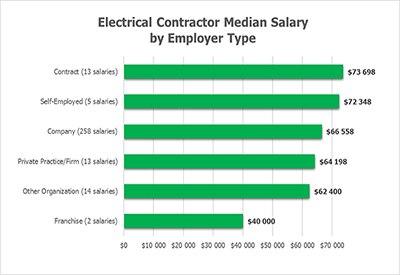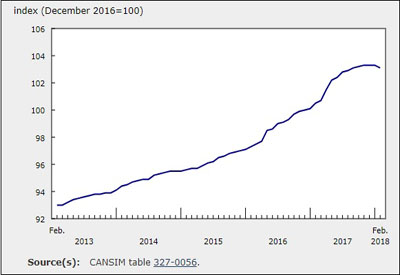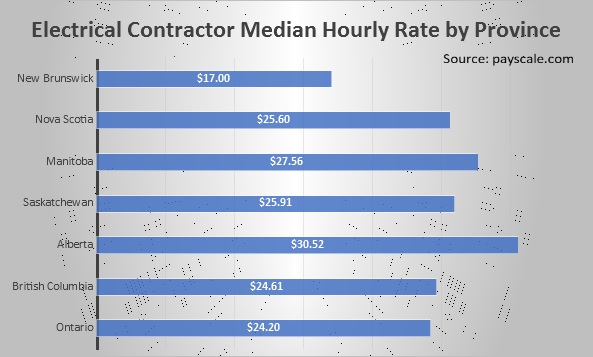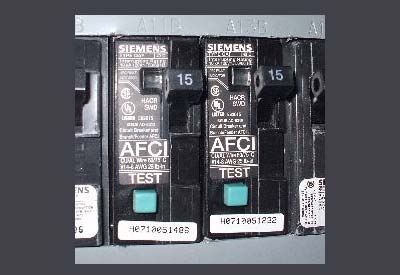Stop Reacting to Arc Flash

June 14, 2021
By Terry Becker, P.Eng.
The arc flash hazard has overwhelmed employers in all industries across Canada and in the United States. In most cases unfortunately, employers have been purely reactive! I call it “bottom up hierarchy of risk controls.” The employer sends worker’s on “Arc Flash Awareness” or “Arc Flash Training,” buys arc flash PPE kits and pays for an engineering arc flash hazard analysis study without issuing a technical specification or controlling the format of the arc flash & shock equipment labels. Qualified Persons that receive the arc flash training will not apply the training if there is no documented policies, practices and procedural requirements.
The electric shock hazard has been neglected when in reality it should be a higher priority for employers than arc flash. Myths and misinformation related to arc flash have propagated over the last ten years from multiple sources and continue to influence industry negatively. There is a perception that energized electrical equipment is inherently “not safe” and there is a high risk in just operating it that workers will be exposed to the arc flash hazard. Over the last 10 years engineering arc flash hazard analysis reports have wrongly advised the client that greater than 40 cal/cm2 of incident energy is “Dangerous” and “No PPE exists” which are FALSE statements. In some cases, Journeymen Electricians believe it is against the law to work energized!
Figure 1 – Hierarchy of Risk Control Methods – Top Down

Employers need to take control of the narrative, step back and assess a plan, then work the plan to ensure long term sustainable and measurable results to prove that they have done adequate due diligence to OHS Acts, Codes & Regulations and have reduced risk to workers to as low as reasonably practicable. Ensuring that defendable documented policies, practices and procedural requirements are documented and implemented in a compliant Electrical Safety Program will ensure that the risk related to energized electrical work tasks when tested will “pass!” In alignment with Occupational Health & Safety Management System Standards (e.g. ISO 45001, ANSI Z10, CSA Z45001) a an electrical safety PLAN-DO-CHECK-ACT philosophy is recommended.

Over the last decade in Canada and the United States myths and misinformation related to abnormal arcing fault probability and an arc flash occurring and interpreting OH&S law and Electrical Safety Standards Acts for CE Code Part I compliance have led to Journeyman Electricians doubting that they can continue to perform energized electrical work tasks at all. This in turn will increase the likelihood of occurrence when they do complete energized work tasks and in the long run will not service our societies continued and growing use of electrical energy. Additionally, non-electrical workers (e.g. homeowners, construction workers) completing construction of electrical systems and installing electrical equipment (e.g. installing solar panels, inverters, EV car chargers, etc.) will also lead to increased risk of shock for these individuals.
Some of the myths and misinformation out there related to arc flash as noted above are:
- It is against the law for a Journeyman Electrician to complete energized electrical work tasks.
- 40 cal/cm2 of incident energy is “Dangerous” and “No PPE Exists.”
- Our Journeyman Electricians do not work “live” it is a company policy, we do not need an Electrical Safety Program.
- Testing for absence of voltage is NOT energized electrical work.
- An arc flash & shock equipment label is installed on the electrical equipment so the “Arc Flash Boundary” is real at all times. We should paint lines on the floor in front of the electrical equipment.
- If an arc flash occurs the related arc blast pressure will be very, very, very high and can pulverize me and impale me with shrapnel.
This information continues to be communicated in non-compliant “arc flash training” or “arc flash awareness training,” in P.Eng. authenticated arc flash hazard incident energy analysis reports, and posts on LinkedIn, Webinars, and some YouTube videos.
You may ask, what do I need to do to take control and in order to “Stop Reacting to Arc Flash?” The answers are provided in the CSA Workplace electrical safety Standard: an employer needs to develop, implement and audit a compliant Electrical Safety Program, PLAN-DO-CHECK-ACT!
Just sending a Journeyman Electrician on arc flash training, buying them arc flash and shock PPE and commissioning an arc flash hazard incident energy analysis study without issuing a formal technical specification is not sustainable and defendable due diligence. It also leads to uncontrolled spending and the lack of the ability to budget year over year.
The CSA Z462 Workplace electrical safety Standard, 2021 Edition that was just published on January 5, 2021, Clause 4.1 General requirements for electrical-safety-related work practices and procedures is where employers should start with respect to establishing policies, practices and procedural requirements. Ensure you get the facts and are not conservative in your interpretation of information provided to you, question it and as provided in CSA Z462 Clause 4.1.7.8 Risk Assessment Procedure use a qualitative risk assessment for Jobs and related discrete work tasks assigned to electrical workers as a credible, defendable tool to make decisions.
Specifically, as stated in CSA Z462 Clause 4.1 the employer shall:
- Develop, implement and train workers on an employer’s compliant Electrical Safety Program.
- Document an Electrical Safety Policy in their Electrical Safety Program.
- Implement the procedural requirement of Establishing an Electrically Safe Work Condition.
- Document justification for energized electrical work tasks.
- Implement the use of an Energized Electrical Work Permit.
- Identify energized work tasks that workers would perform and complete a qualitative Risk Assessment Procedure. Ensure the Hierarchy of Risk Control Methods that will be applied to reduce risk are identified.
- The Qualified Person shall document an Energized Electrical Job Safety Plan that will include the work task’s Shock Risk Assessment and Arc Flash Risk Assessment and the risk control methods they will apply to eliminate exposure to arc flash and shock or reduce their risk to as low as reasonably practicable.
- Ensure electrical incidents are appropriately managed and reported if they occur.
- Ensure workers receive compliant Lockout Program training.
- Provide compliant arc flash & shock training. The training provided shall include emergency release of a shock worker.
- Provide training on your company’s Electrical Safety Program to Qualified Persons.
- Ensure workers are trained on proper use of portable cord-and-plug-connected electrical equipment, extension cords and when/how to use a GFCI.
You need to ensure your company has a compliant Electrical Safety Program developed, implemented and audited. This will allow you to take control of shock and arc flash hazards in your workplace. Ensure your company prioritizes identification of Job’s and related discrete work tasks where workers are exposed to the electric shock hazard, use risk assessment as a powerful tool to make decisions. Give your workers confidence and certainty, control costs and budgeting and be able to defend your due diligence for arc flash & shock hazards. Stop reacting to arc flash!
Terry Becker, P.Eng., Certified Electrical Safety Compliance Professional (CESCP), IEEE Senior Member is the first past Vice-Chair of the CSA Z462 Workplace electrical safety Standard Technical Committee and currently a Voting Member and Clause 4.1 and Annexes Working Group Leader. Terry is also a Voting Member on the CSA Z463 Maintenance of electrical systems Standard and a Voting Member of the IEEE 1584 Guide for Performing for Arc-Flash Hazard Calculations. Terry has presented at Conferences and Workshops on electrical safety in Canada, the USA, India and Australia. Terry is a Professional Engineer in the Provinces of BC, AB, SK, MN and ON. Terry is an Electrical Safety Specialist, Management Consultant at TW Becker Electrical Safety Consulting Inc., and can be reached at 1-587-433-3777 or by email terry.becker@twbesc.ca.
















